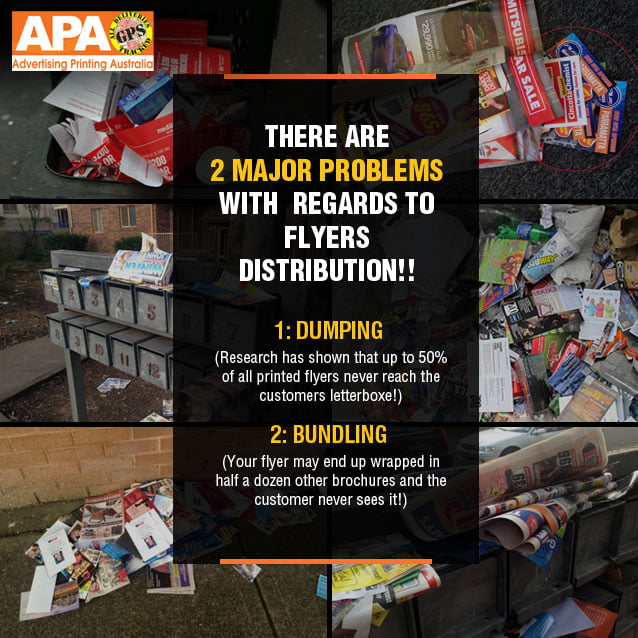It may be the digital age, but letterbox marketing continues to play a critical role for large and mid-tier businesses and franchises, and it should be a key component of your marketing mix.
Catalogues and letterbox marketing continues to move stock off shelves with an audience reach of 19.7 million Australians. And while brands are still using physical catalogues to get their latest products in front of consumers, they are also integrating them into multichannel marketing campaigns. Here’s how you can capitalise on the strength of letterbox media and incorporate it into your overall marketing strategy.
Effective conversion of leads into sales
Help convert leads into sales, even when there isn’t an initial intent to purchase. Take supermarket chain Aldi as an example – now one of the most popular retailers in Australia, the brand uses its Special Buys catalogue as a key tactic for attracting customers. Special Buys products change every other week, and the Aldi catalogues which are distributed over the weekend – advertise the items ahead of time. This strategy drives foot traffic to the store converting into sales.
When you distribute catalogues using direct mail, you’re only letting consumers know what’s available. To ensure your customer communication isn’t a one-way street, it’s important to integrate direct mail campaigns with your digital marketing efforts and to analyse data to understand what consumers want. This can be as simple as ensuring that an electronic version of your catalogue is available on your website as you distribute the printed versions.
Letterbox campaigns can also be used effectively to complement digital campaigns. For example, you can use direct mail to supplement your online marketing efforts and reach audiences that aren’t digitally savvy.
Unlocking the power of data
Big data is no longer new, and many Australian businesses are making use of digital data to hone business strategies, improve customer targeting, and anticipate market needs based on trends.
No matter what industry you’re in, online letterbox media planning and targeting tools can help refine your catalogue programs. Combining third-party tools with your own first-party data can help your campaigns work a lot more effectively.
Integrating letterbox into different digital channels and your strategy
By combining letterbox with digital campaigns, you can create deeper connections with consumers. Each channel has its own benefits, so research is key.
SMS
This is a great channel for using direct calls-to-action alongside offers or campaigns that you run in your physical catalogue – such as a text-to-enter competition.
Social media
This appeals to retailers both for the sheer size of its audience and for its targeting capabilities. You can target households you may not be able to reach through your traditional physical distribution network, for example, houses with “no advertising material” stickers, or multi-dwelling apartment buildings.
YouTube pre-roll ads
A platform that creates a great opportunity for amplifying your catalogue videos and directing customers to the full catalogues on your website.
Digital outdoor advertising
An excellent and flexible amplification tool which lets you quickly customise messages for mobile consumers. This allows you to choose strategic locations; enjoy shorter lead times; create different versions for different locations; run at specific times of day; and generally maximise your impact.
Measuring success
Traditional marketing can prove difficult to measure, this is why a multichannel marketing approach compliments your campaign. Providing analytics that help quantify the behaviour of an audience means you don’t have to rely on assumptions about how your customers are engaging with your catalogues.
Done right, letterbox marketing can be an extremely powerful tool in your marketing mix, helping you reach and convert more customers day-in, day-out.






